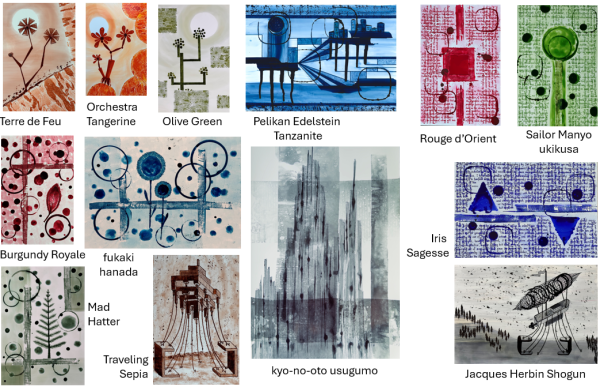Sepia Toned Ink Comparison - 32 Inks
-
Forum Statistics
357.5k
Total Topics4.7m
Total Posts -
Member Statistics
130,016
Total Members18,857
Most OnlineNewest Member
pparmin
Joined -
Images
-
Albums
-
namrehsnoom-19
- By namrehsnoom,
- 0
- 0
- 98
-
Andrew Lensky Arts II
- By Andrew_L,
- 0
- 0
- 2
-
Pen Pics 2
- By K Singh,
- 0
- 0
- 98
-
Extra Fine Nib Ink Reviews (23 of n)
- By LizEF,
- 0
- 25
- 25
-
Pen Club additions
- By Penguincollector,
- 2
- 0
- 9
-


















.thumb.jpg.f07fa8de82f3c2bce9737ae64fbca314.jpg)









Recommended Posts
Create an account or sign in to comment
You need to be a member in order to leave a comment
Create an account
Sign up for a new account in our community. It's easy!
Register a new accountSign in
Already have an account? Sign in here.
Sign In Now